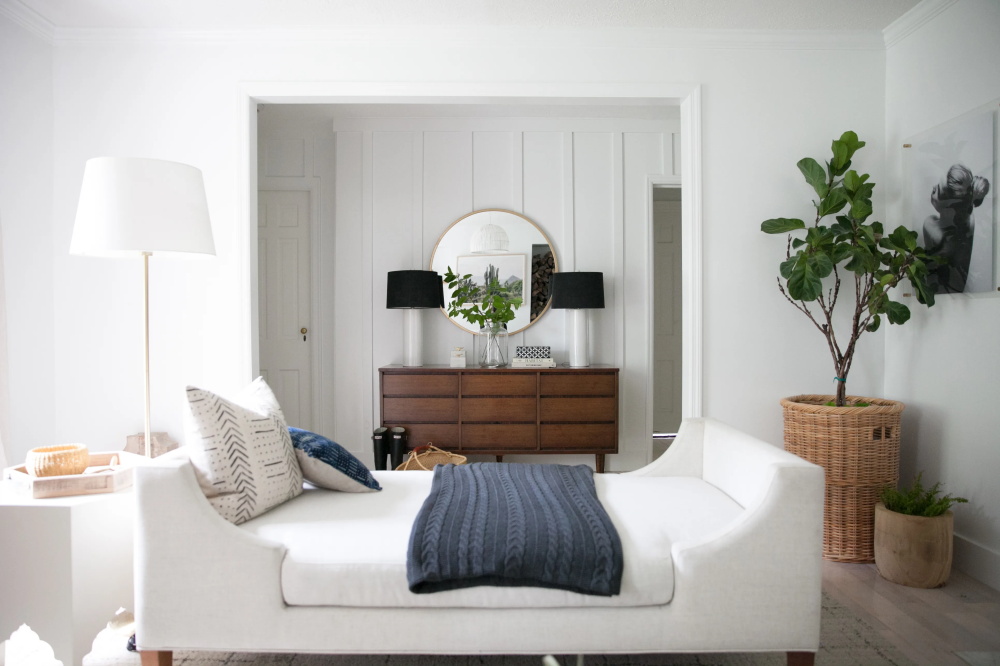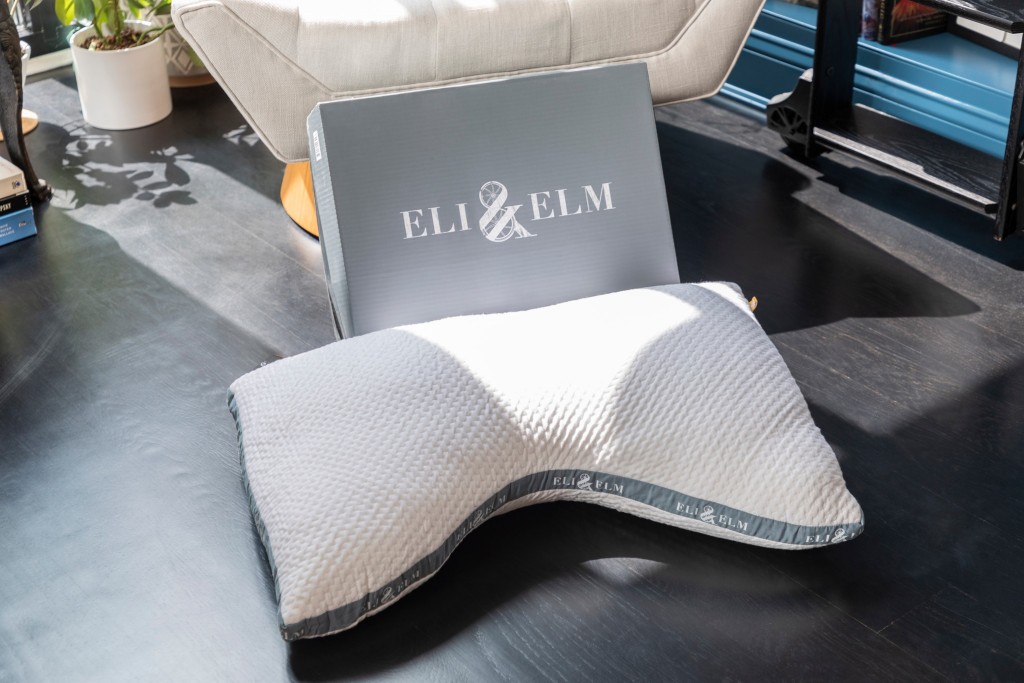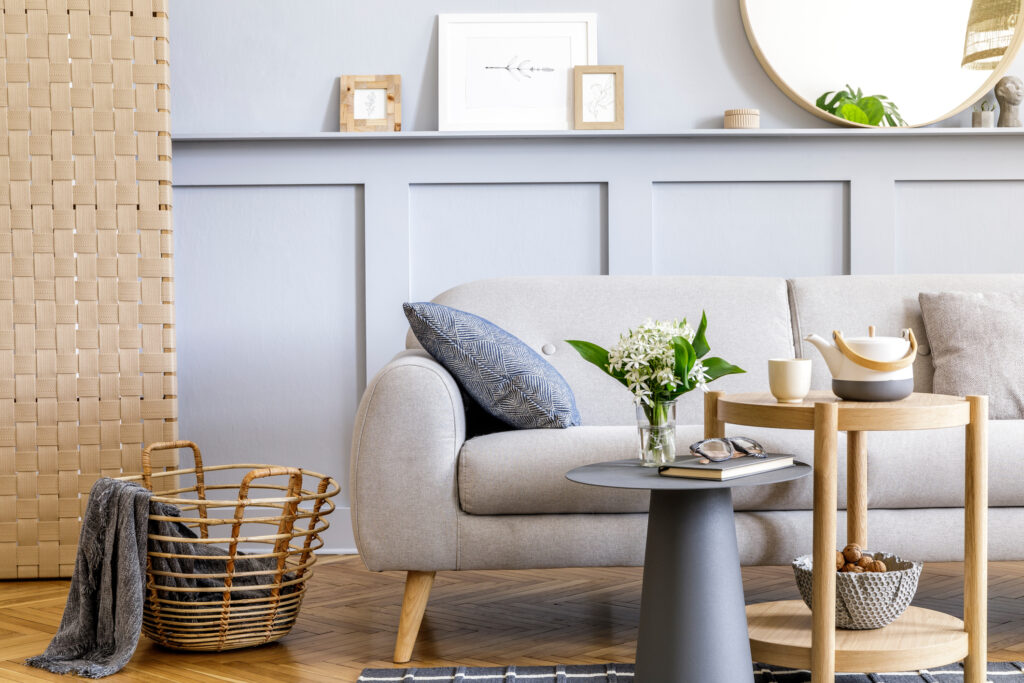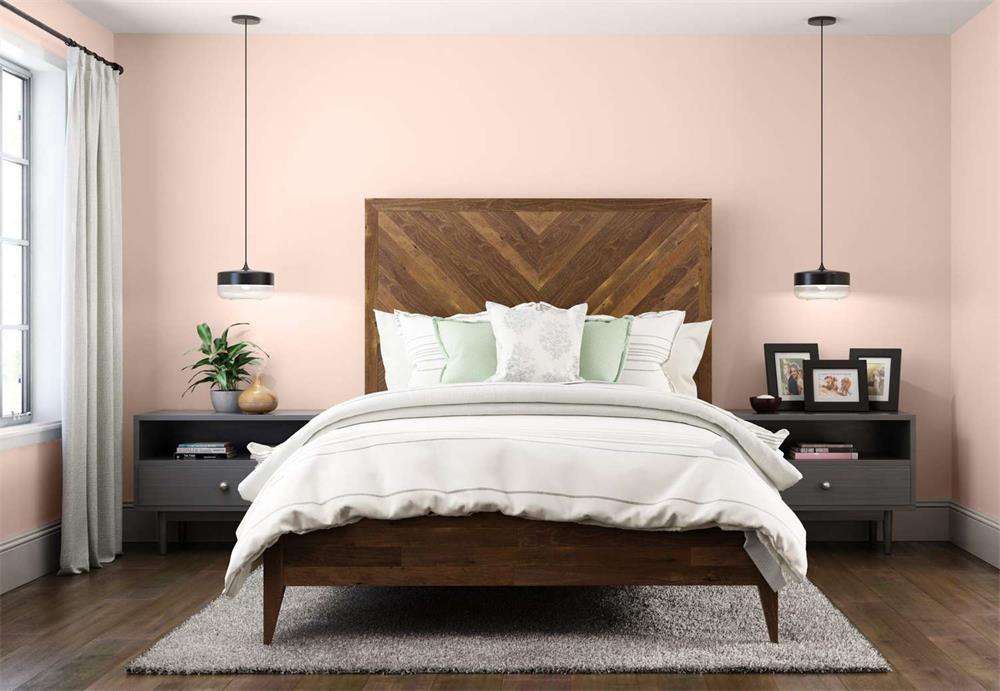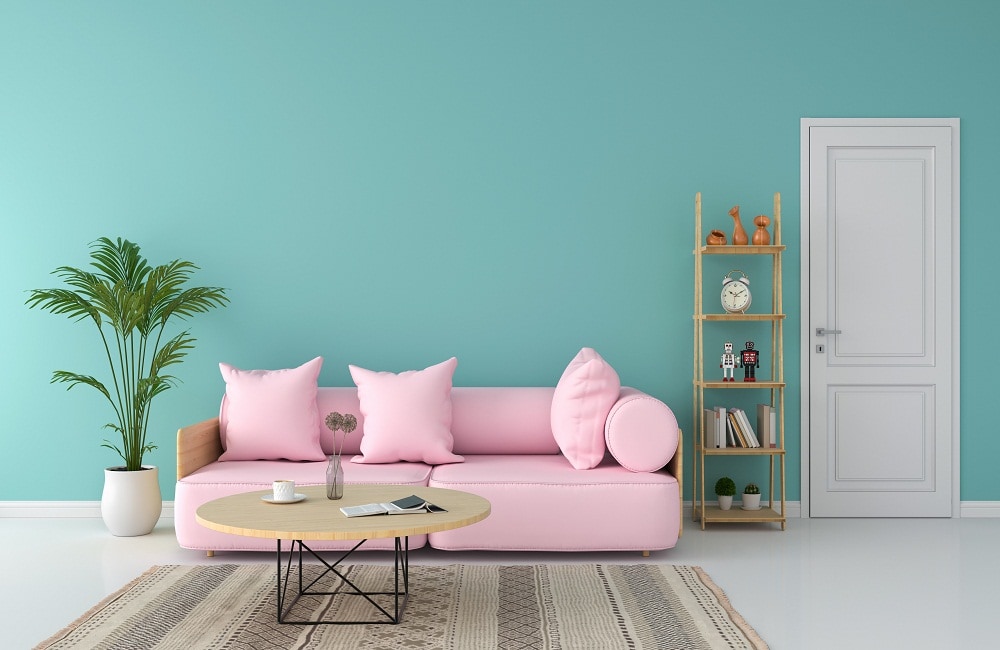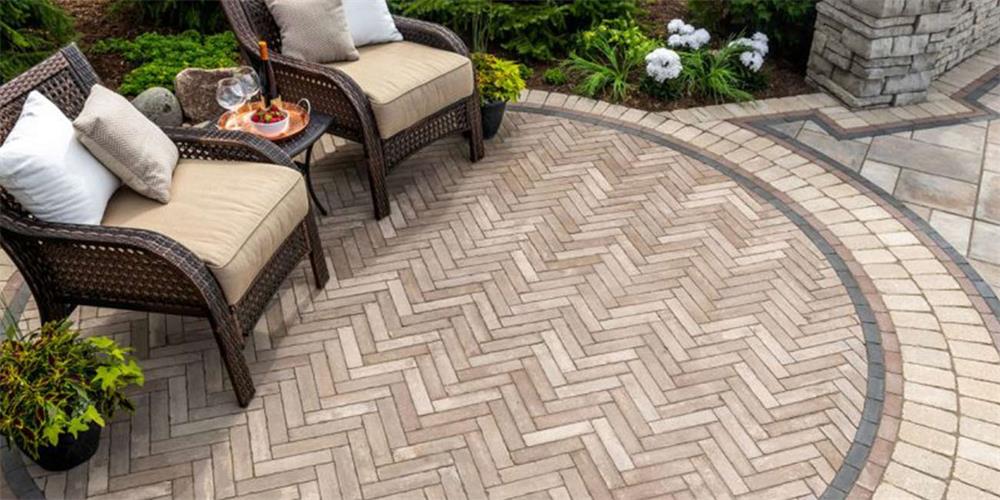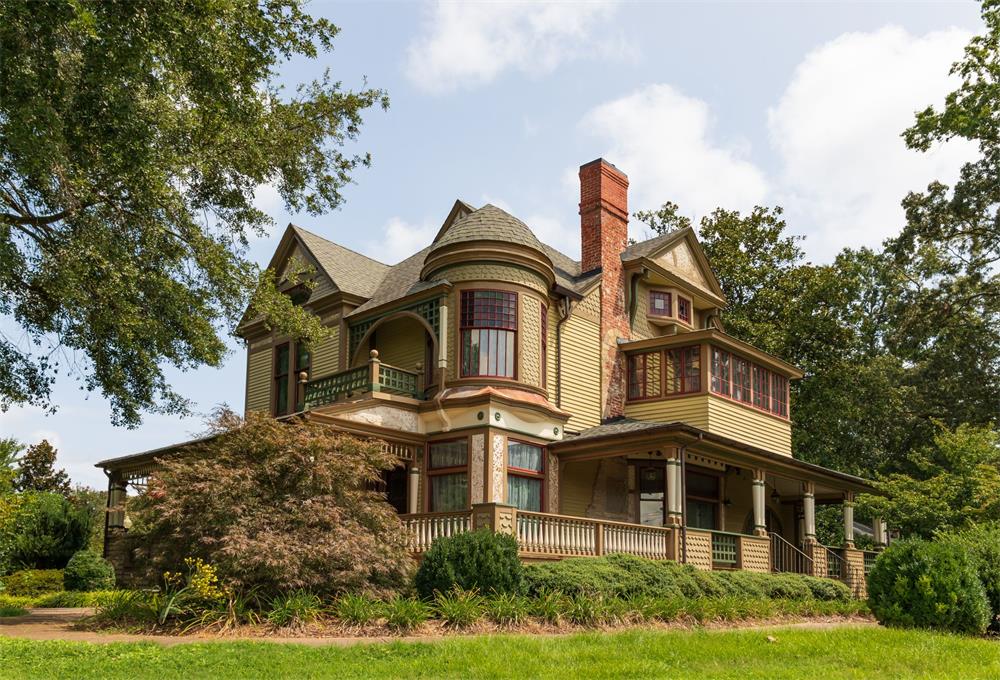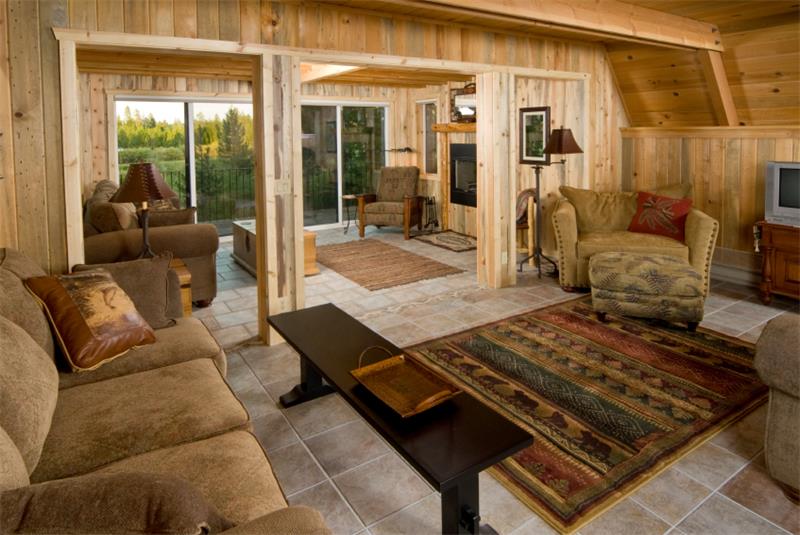If you love the elegance of traditional design but also crave the simplicity and functionality of modern design, you might be a fan of transitional style. This versatile style blends the best of both worlds, creating spaces that are cozy, sophisticated and timeless.
Contents
What is Transitional Style?
Transitional style is a fusion of traditional and modern design elements, resulting in a balanced and harmonious look. It combines classic features like curves, moldings and wood finishes with sleek lines, neutral colors and minimal accessories. Transitional style avoids extremes and embraces moderation, creating a comfortable and inviting atmosphere.
How to Achieve Transitional Style
To create a transitional space in your home, you need to consider the following aspects:
- Furniture: Choose furniture pieces that have simple shapes and clean lines, but also some traditional details like tufting, nailhead trim or turned legs. Avoid overly ornate or bulky furniture that can overwhelm the space. Mix different materials like wood, metal, glass and leather for contrast and texture.
- Color: Stick to a neutral color palette that can create a calm and cohesive backdrop for your furniture and accessories. Shades of gray, beige, white and brown are common choices for transitional spaces. You can also add pops of soft colors like blue, green or lavender for some interest and warmth.
- Texture: Since transitional style relies on a neutral color scheme, texture is important to add depth and dimension to the space. Layer different fabrics like cotton, linen, velvet and faux fur for a cozy feel. Use rugs, pillows, throws and curtains to bring in some pattern and color. Incorporate natural elements like plants, flowers, wood and stone for an organic touch.
- Accessories: Keep accessories to a minimum and choose them carefully. Transitional style favors quality over quantity, so opt for fewer but larger pieces that make a statement. For example, you can hang a large mirror, painting or clock on the wall instead of a gallery of small frames. You can also use lamps, vases, candles and books to add some personality and charm to your space.
Benefits of Transitional Style
Transitional style has many advantages that make it appealing to many homeowners. Some of them are:
- Versatility: Transitional style can work well in any room of the house, from the living room to the bedroom to the bathroom. It can also adapt to different architectural styles, from traditional to contemporary.
- Timelessness: Transitional style is not tied to any specific era or trend, so it can last for a long time without looking outdated or boring. It can also evolve with your changing tastes and preferences over time.
- Appeal: Transitional style can appeal to a wide range of people, from young to old, from men to women. It can also suit different lifestyles and needs, from casual to formal, from family-friendly to elegant.
Examples of Transitional Style
To inspire you further, here are some examples of transitional spaces that showcase this beautiful style:
This living room features a gray sofa with tufted back cushions and blue armchairs with nailhead trim that add some traditional flair to the modern lines of the furniture. The wood coffee table with metal legs and the fireplace with stone surround bring in some warmth and texture to the space. The neutral rug with geometric pattern anchors the seating area and adds some interest to the floor.
This dining room combines a wood table with white chairs that have curved backs and legs for a transitional look. The metal chandelier with candle-like lights adds some elegance and drama to the space. The gray walls create a neutral backdrop that lets the furniture stand out.
This bedroom exudes comfort and serenity with its beige upholstered bed with button tufting and white bedding with blue accents. The blue pillows and bench add some color and contrast to the space. The wood nightstands with metal lamps and the mirror above the bed add some shine and glamour to the space.
How to Choose Transitional Furniture
If you want to create a transitional space in your home, you need to choose the right furniture pieces that can blend the traditional and modern styles. Here are some tips to help you find the perfect transitional furniture for your space:
- Look for balance: The key to transitional style is balance, so look for furniture pieces that have both traditional and modern elements. For example, a sofa with a straight back and arms but with tufted cushions and wood legs can be a great transitional piece. Or a coffee table with a glass top and metal frame but with curved edges and ornate details can also work well.
- Mix materials: Transitional style is all about mixing different materials to create contrast and texture. For example, you can pair a leather sofa with a fabric armchair or a wood dining table with metal chairs. You can also mix different finishes like matte and glossy or light and dark to add some variety and interest to your space.
- Choose neutral colors: Transitional style favors neutral colors that can create a calm and cohesive backdrop for your furniture and accessories. Shades of gray, beige, white and brown are common choices for transitional spaces. You can also add pops of soft colors like blue, green or lavender for some interest and warmth.
- Avoid clutter: Transitional style is not about filling your space with lots of furniture and accessories. It is about choosing fewer but larger pieces that make a statement and leave enough breathing room for your space. Avoid overcrowding your space with too many small items that can create visual noise and distract from the harmony of your space.
Transitional Style FAQs
Here are some frequently asked questions about transitional style that can help you understand this style better:
- What is the difference between transitional and eclectic style?
Transitional and eclectic styles are both about mixing different styles, but they have different approaches. Transitional style is about blending traditional and modern styles in a balanced and harmonious way, while eclectic style is about combining various styles in a creative and playful way. Transitional style is more restrained and refined, while eclectic style is more bold and expressive.
- What is the difference between transitional and farmhouse style?
Transitional and farmhouse styles are both about creating cozy and comfortable spaces, but they have different influences. Transitional style is influenced by both traditional and modern design elements, while farmhouse style is influenced by rustic and country design elements. Transitional style is more neutral and sophisticated, while farmhouse style is more colorful and casual.
- What are some examples of transitional furniture brands?
Some examples of transitional furniture brands are Pottery Barn, Restoration Hardware, Crate & Barrel, West Elm and Ethan Allen. These brands offer a variety of furniture pieces that can suit different transitional spaces. You can also find transitional furniture at online retailers like Wayfair, Overstock and Amazon.

